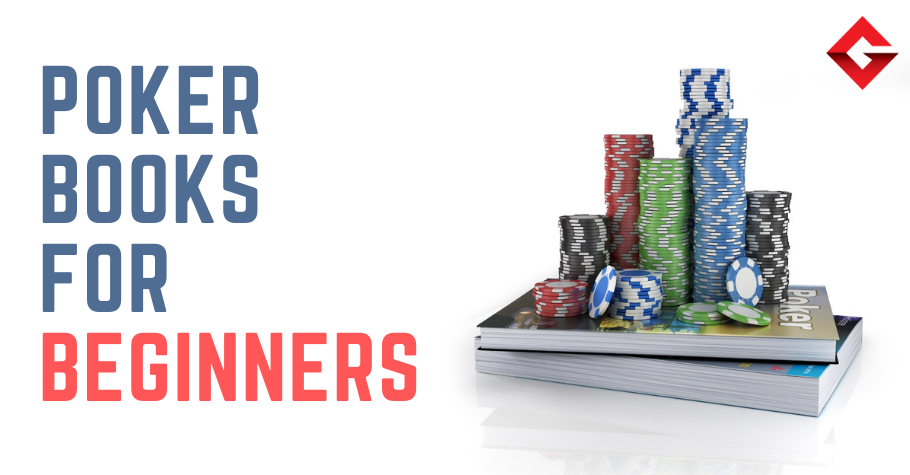 Poker
Poker
Good Wraps VS Not So Good Wraps- PLO 5 Tips By Aditya Sarkar
What are wraps?
A wrap is a hand when you have a straight draw with 9 or more outs. Wraps are good hands to have, usually given you good equity, but not all wraps are equal. Wrap outs can range from 9 to 20. While it is obvious that a 20 outer wrap cannot have all nut straight possibilities and 9 outer wraps aren’t the best, in this post I will quickly take you through an example and specific kinds of wraps that you should play carefully.
Situation 1- Wraps on a non-rainbow board
I have Kh Qd 8s 9h 10c on the button, 50 BBs deep. Limped pot. Action 4 way, all the players are 50-60 bigs deep. If the flop opens to 6s 7s Jh, then the action checks over to you and you decide to take a stab at it and you like your hand till this point. Small blind folds, big blind puts in a check raise (pot). Villain has twice the pot size behind. Now, you have a 13 card nut straight wrap. However, you have no flush outs and your wrap shrinks in value.
Can you let go your hand at this point?
While I would almost always throw away my hand here as I would be gambling to hit my non-flush card, you can consider the NUT OUTS you have and the odds of the same for you to profitably call in a similar situation. As discussed in earlier posts, opposition’s range, nut outs, direct and implied odds, and SPR are important criteria here.
ALSO READ: Approaching PLO 5- A Beginner’s Guide
Situation 2- Wraps on rainbow board
If you have the same holdings as in the first situation, and the flop was instead the following. The flop open to 6d 7s Jh. Rainbow board, no flush possibilities on the turn (backdoors are there obviously)- This flop gives you 13 nut straight outs, nut outs. So this holding is better than the previous one discussed and can be played aggressively. Summing up, here is a quick list of wraps that can and should be played cautiously (especially if you are out of position and/or see a sign of strength in Villain’s gameplay).
Situation 3- Sucker wraps
Like if you have 5d 6s 7d 8h 9d and the flop opens to 4h 10s 9c it means you have a wrap, but as you can see only 3 nut outs. Summing up quickly, you can see here that not all wraps are equal. Here are wraps that you should not overplay.
● Wraps on non-rainbow boards with you not having a flush redraw
● Wrap with no nut flush redraw, multi-way (4 or more players)
● 9 outs in a wrap
● Sucker wraps (more than half the outs are non-nut), typically made when you have low connectors in the hole (like 3 4 5 6 7).
Hope you liked this read. Do not overplay your wraps.

Aditya Sarkar is an online Pot Limit Omaha player. He has a day job (Marketing Lead in a startup) but he manages to squeeze in 25-30 hours of PLO every week, mostly PLO 5 cash games. Why does he love PLO? It’s just faster and more exciting to play. He picked up PLO in college (MDI Gurgaon) way back in 2015 and has been playing the game ever since 🙂 Sarkar is also an author as he recently wrote his first ebook on PLO. Having worked with a poker company, he wanted to help out players to work on their fundamentals. Through the book, he aimed to bridge the gap between the sharks, the amateurs and beginners.
More News
Top 15 Poker Rooms
-
WPT Global
Grab your welcome offer
Offer: 100% of your deposit back up to $3,000 Register -
PokerDangal
Sign up with code GUTSHOT1
Offer: Get 100% GST discount on deposits Register -
Natural8 India
Sign-up with Gutshot
Offer: Get extra 28% on all deposits Register -
Spartan Poker
Sign-up with referral code AFFGSMAG
Offer: FTD 50% Bonus Money up to ₹20K. Deposit code ‘ALLIN50’ Register -
Junglee Poker
Sign-up and get bonus
Offer: Up to ₹50,000* Register -
Calling Station
Sign-up with promo code 'AFFCSGUT'
Offer: 30% FTD bonus with code FTD30 Register -
WinZo Poker
Daily Winnings Up To ₹40 Crore!
Offer: Get ₹550 Joining Bonus For Free Register -
Stake Poker
Welcome bonus
Offer: 200% up to ₹120,000 Register
Newsletter
Thank you for subscribing to our newsletter.
This will close in 20 seconds
























